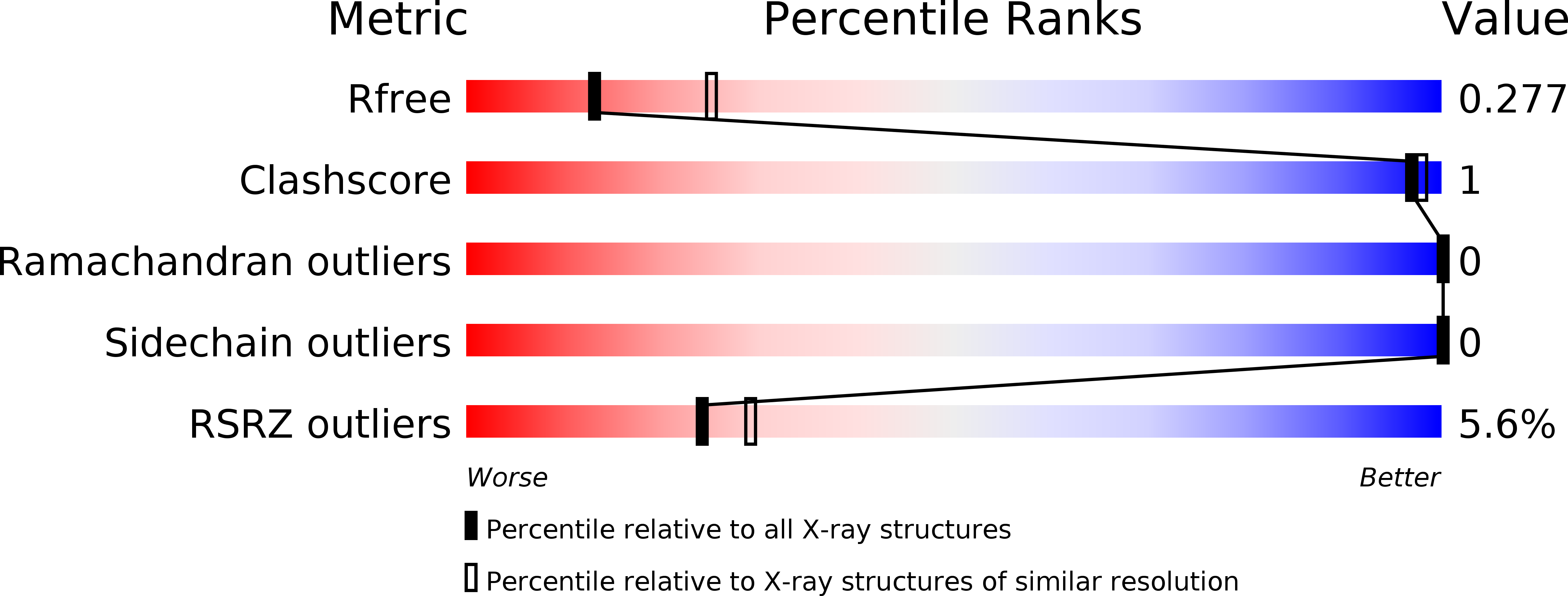
Deposition Date
2019-04-04
Release Date
2019-04-24
Last Version Date
2024-03-13
Entry Detail
PDB ID:
6OH3
Keywords:
Title:
X-ray crystal structure of the mouse CMP-sialic acid transporter in complex with CMP-sialic acid, by lipidic cubic phase
Biological Source:
Source Organism:
Mus musculus (Taxon ID: 10090)
Host Organism:
Method Details:
Experimental Method:
Resolution:
2.75 Å
R-Value Free:
0.27
R-Value Work:
0.25
R-Value Observed:
0.25
Space Group:
C 1 2 1


